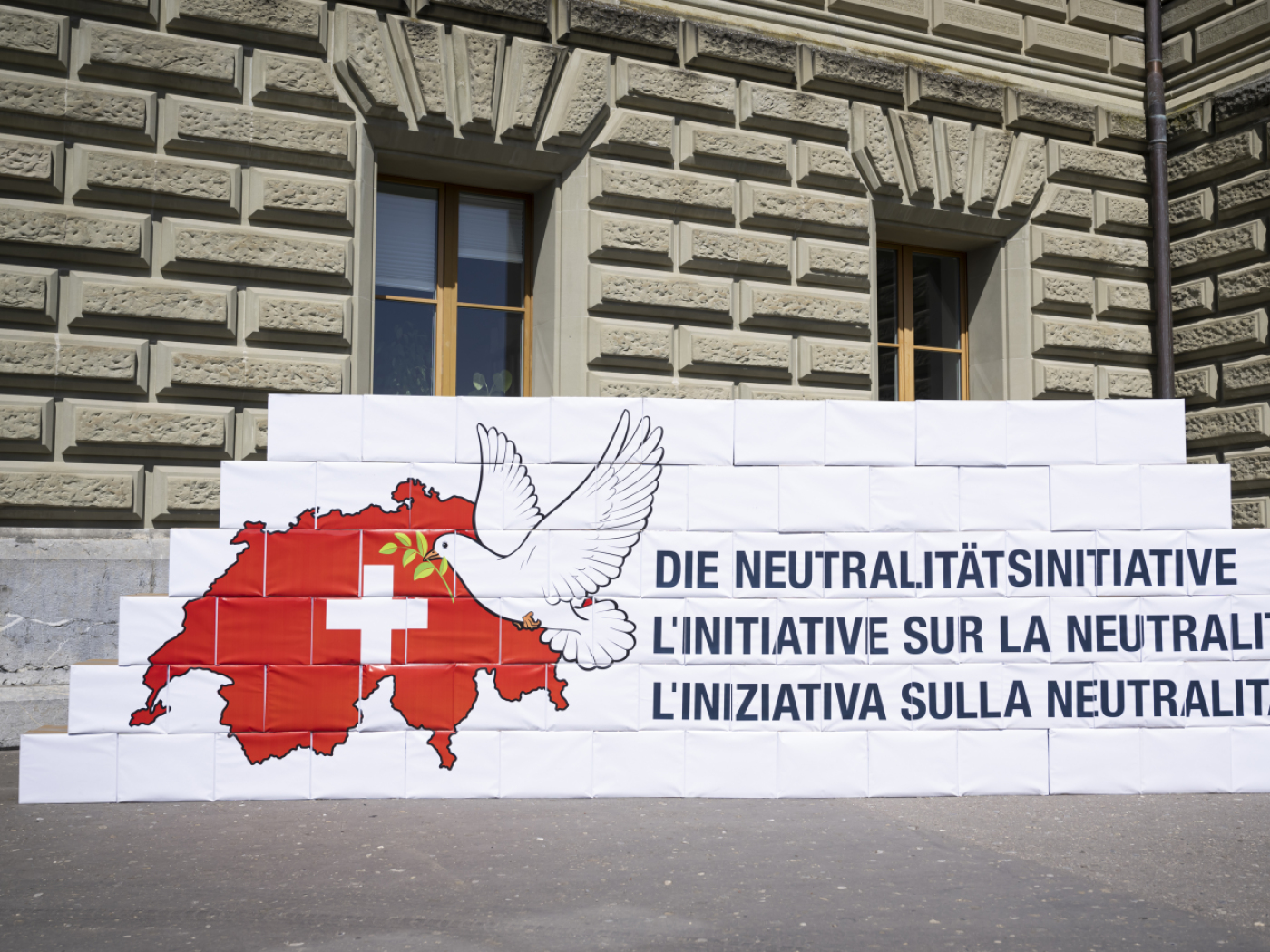
Meet the Swiss army’s elite soldiers

Most Swiss people are in the dark about the existence of the army’s special forces unit, code-named AAD10, which can only be deployed with government approval. Now a film crew that includes journalist Ruedi Weiss has been granted an inside look at the Army Reconnaissance Detachment.
“Anyone who wants to play Rambo has no point in being here,” says Papy*. He is an instructor with the Swiss army’s only professional elite unit, the Army Reconnaissance Detachment, known by its code name AAD10. Today, he is leading a training exercise entitled “Amphibian” on Lake Lugano in canton Ticino. The unit’s members have been given the task of attacking a land position from the water.
The soldiers are ready for action, awaiting command aboard an inflatable boat.
“Anyone hoping to join this unit must have above-average mental and physical capacities and be 100% committed to the goals of our missions,” the 53-year-old training officer says. He casts a final glance around before sending his heavily armed soldiers into the water.
‘No shortage of new recruits’
The AAD10 was set up in 2004. Its members are specially trained to protect people and property in tough conditions. The unit’s tasks include intelligence-gathering, rescuing and repatriating Swiss citizens in danger abroad, and “protecting troops, people and facilities in crisis situations”.
The training programme for new recruits is tough. Prospective candidates must first submit a detailed CV and letter of motivation. Then comes the pre-selection process, during which they must prove, during a two-day sports test, that they can do 10 chin-ups and 50 press-ups in two minutes, among other challenges.
Those who pass the pre-selection process are then assessed for their mental and intellectual capacity, strength of character, resilience and team spirit. Each year, only a few candidates out of the several hundred who apply are accepted into the special unit.
“We have no shortage of new recruits,” says AAD10 commander Ernesto Berini*. The one-year basic training covers practical techniques in close combat, the use of explosives, parachuting and intelligence. The soldiers also study law, geography and ethnology.
Dangerous missions
One of the soldiers taking part in the exercise on Lake Lugano is Marc*, 29, who is a qualified business manager. He made it through the gruelling selection process and for the past nine months has been undergoing basic training for the reconnaissance detachment. He declines to provide further personal details. Only his family members and a very close circle of friends know that he is part of this special unit.
“To everyone else, I am simply a professional soldier in the Swiss army,” he says.
Soldiers of the AAD10 are issued with standard equipment: assault rifles with various tactical scopes, sniper rifles with telescopic sights, submachine guns, shotguns, precision rifles and machine guns. They also have knee protectors, helmets, anti-shrapnel vests, underwater computers, transmission devices, powerful reconnaissance equipment and light infantry vehicles.
The elite force’s missions are only occasionally reported on by the media. Soldiers of the AAD10 were deployed to protect President Ignazio Cassis on a surprise trip to Ukraine in October 2022. The special unit also made the headlines in February 2022, when it helped secure the evacuation of the Swiss ambassador and other embassy staff from the Ukrainian capital Kyiv, shortly after the Russian invasion began.
In August 2021, soldiers from the unit took part in evacuating 387 people from Afghanistan, following the Taliban’s return to power.
Little is known about their other missions, all of which must be greenlighted by the Swiss government.
Not all of the unit’s planned deployments actually take place, however. In 2009, it had to abandon a plan to rescue a Swiss businessman held hostage in Libya. And in 2020, the elite troop was supposed to protect the Swiss Agency for Development and Cooperation office in Kabul. Neither mission came about. The media had made the plans public in advance, but the federal parliament rejected them.
*all names have been changed
Adapted from German by Julia Bassam/gw

In compliance with the JTI standards
More: SWI swissinfo.ch certified by the Journalism Trust Initiative
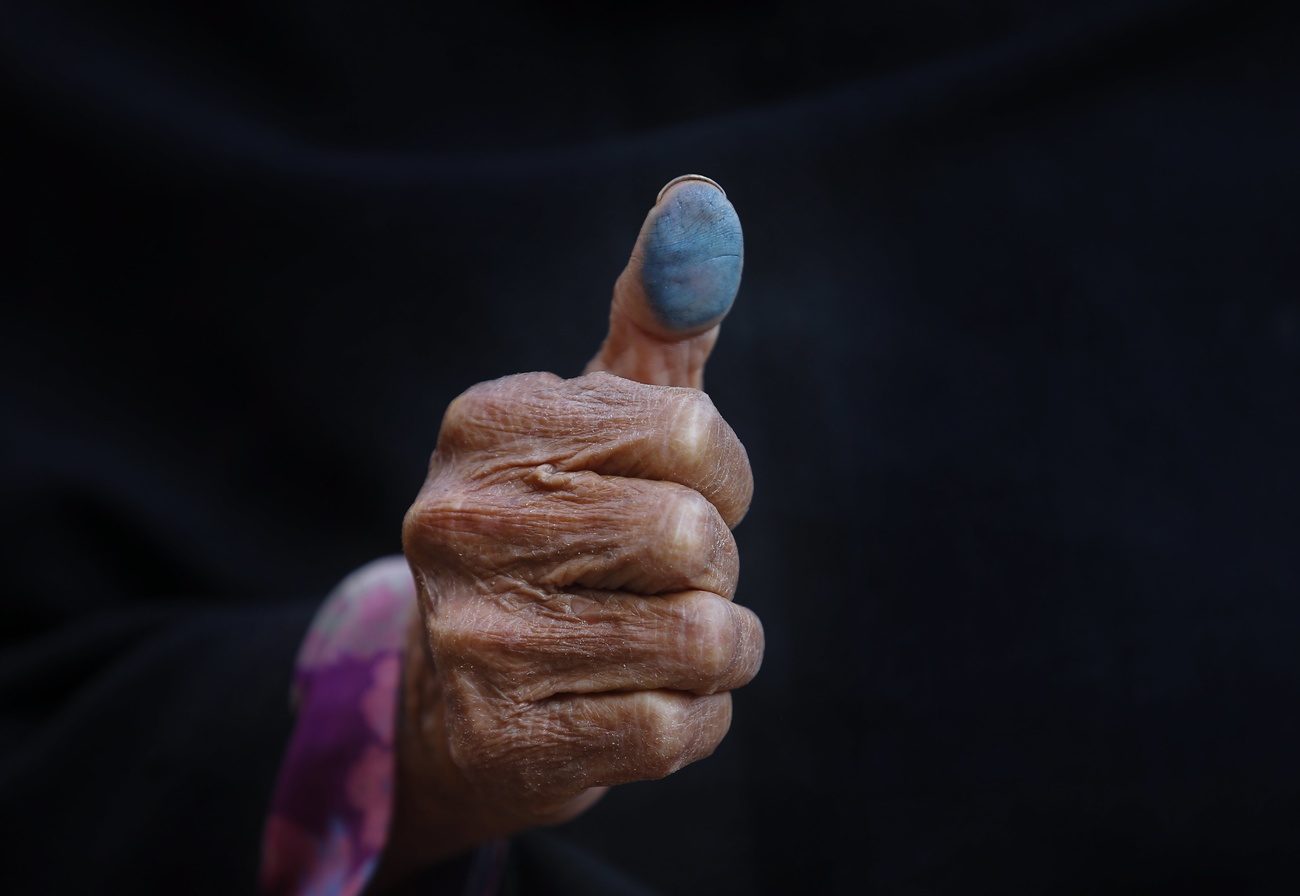









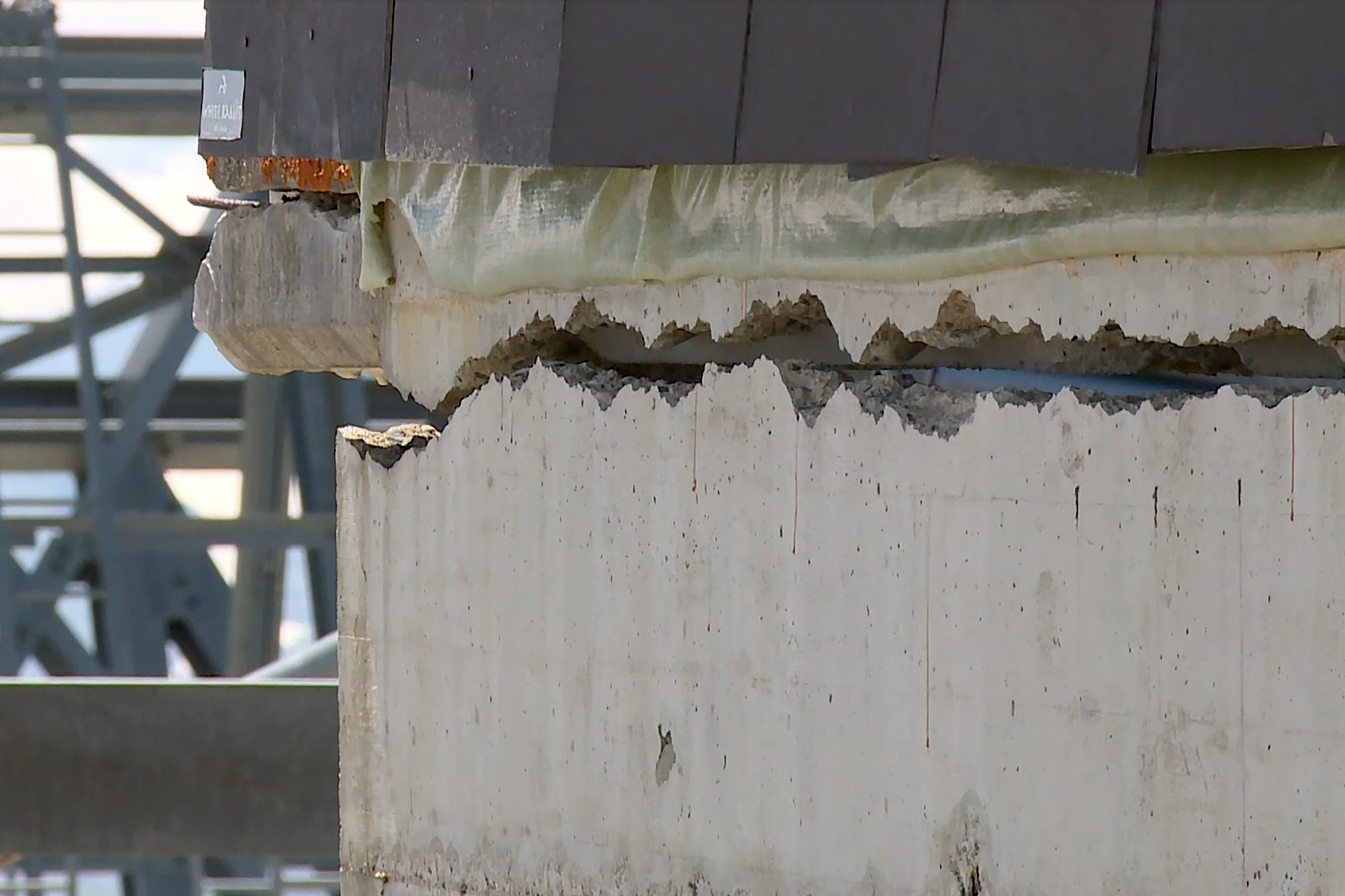



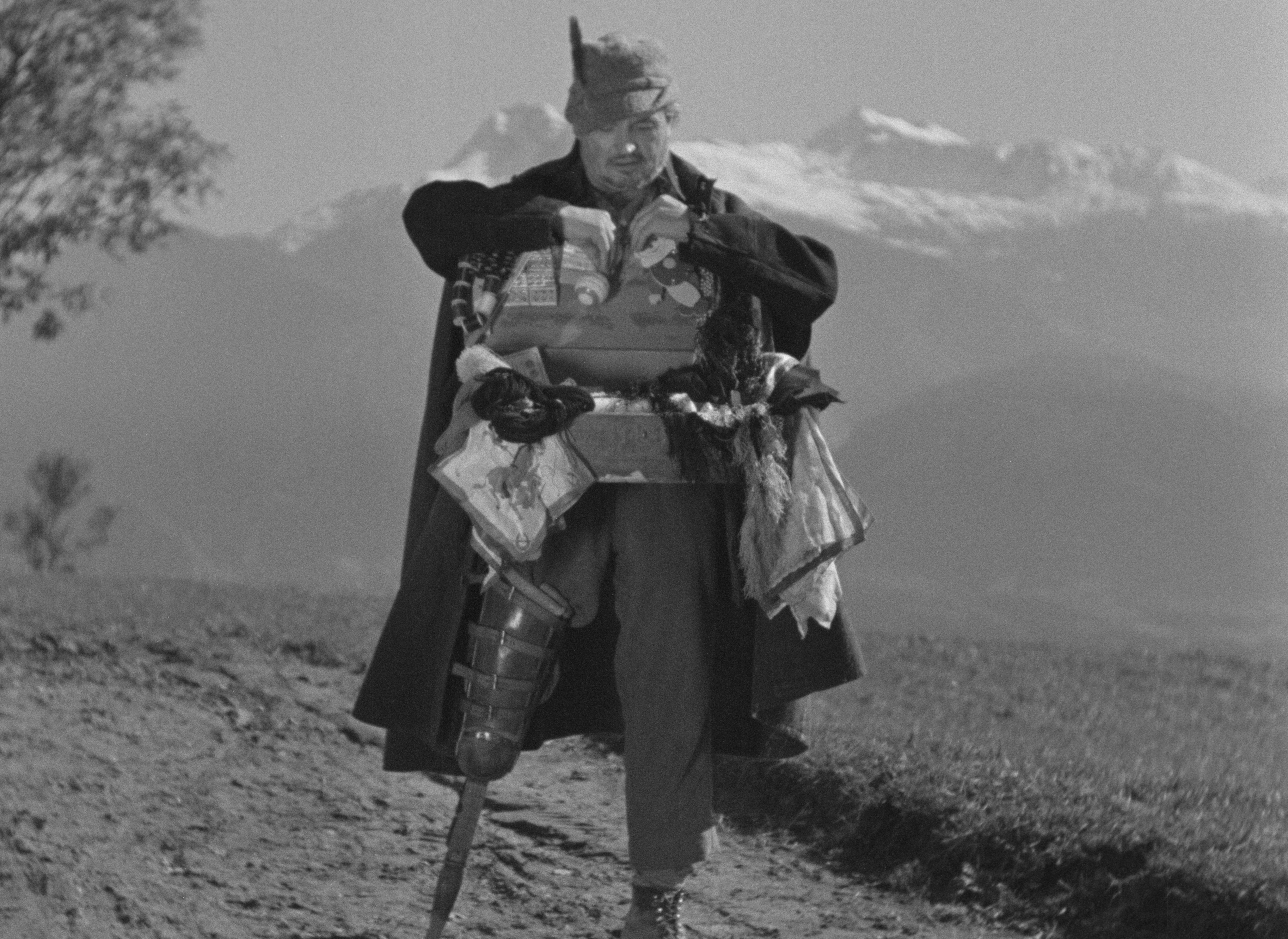
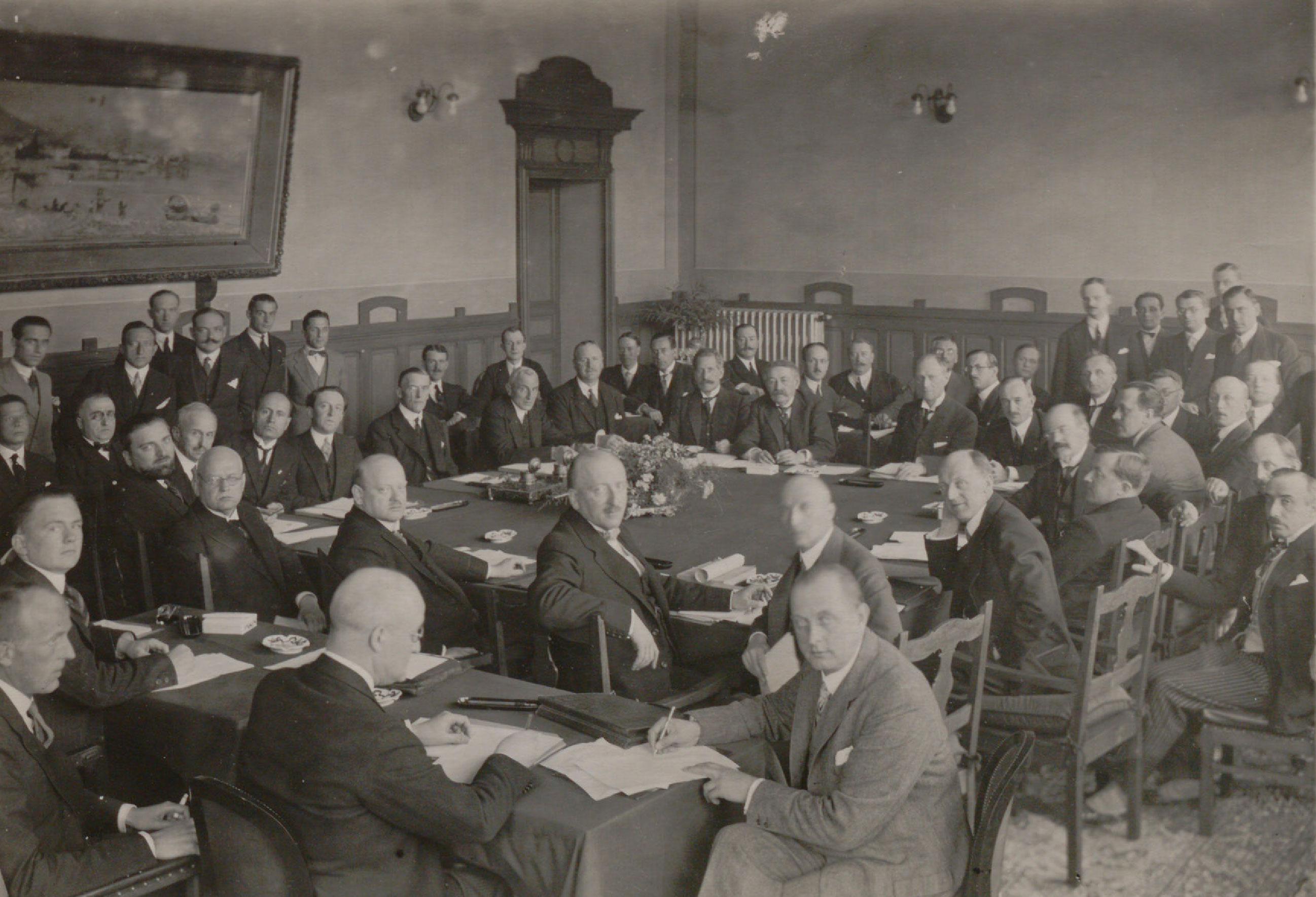



















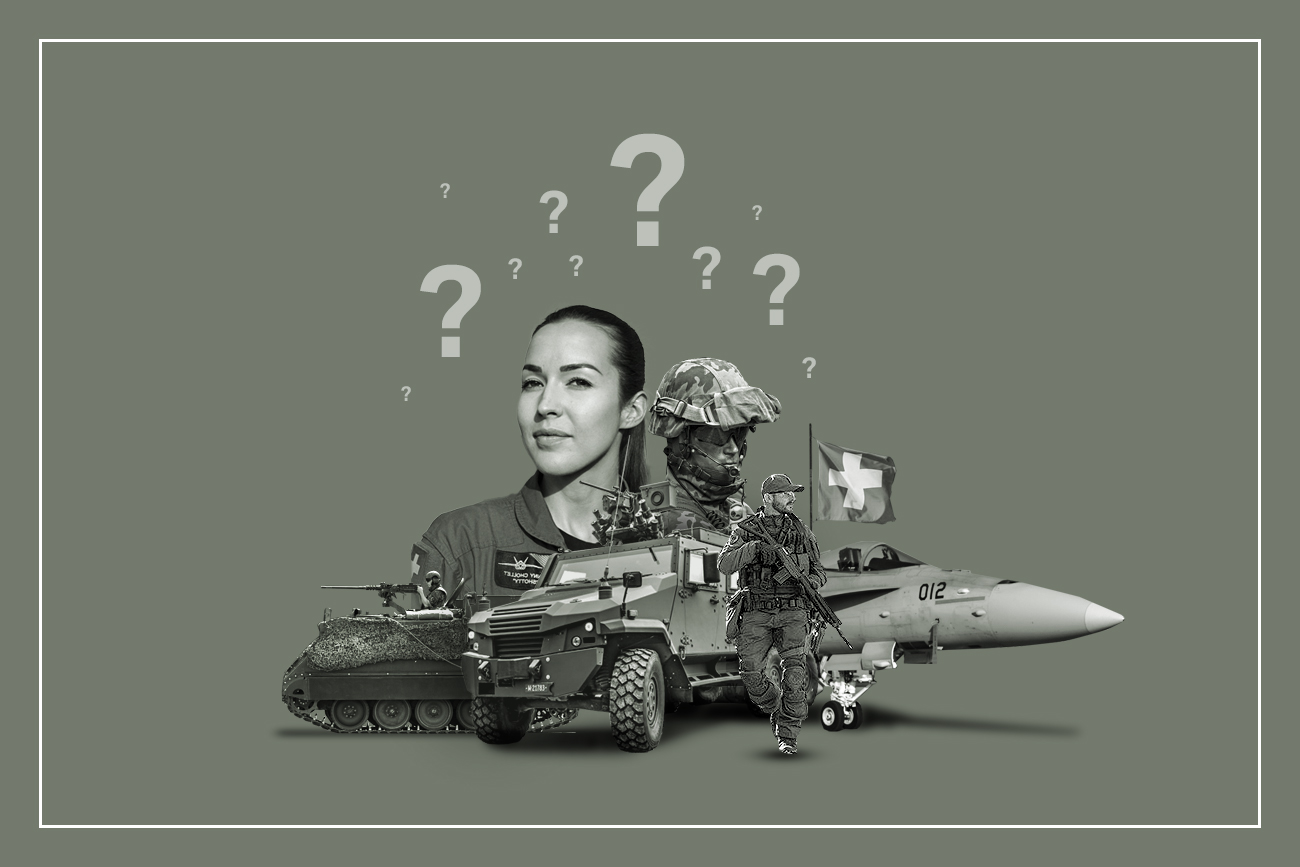
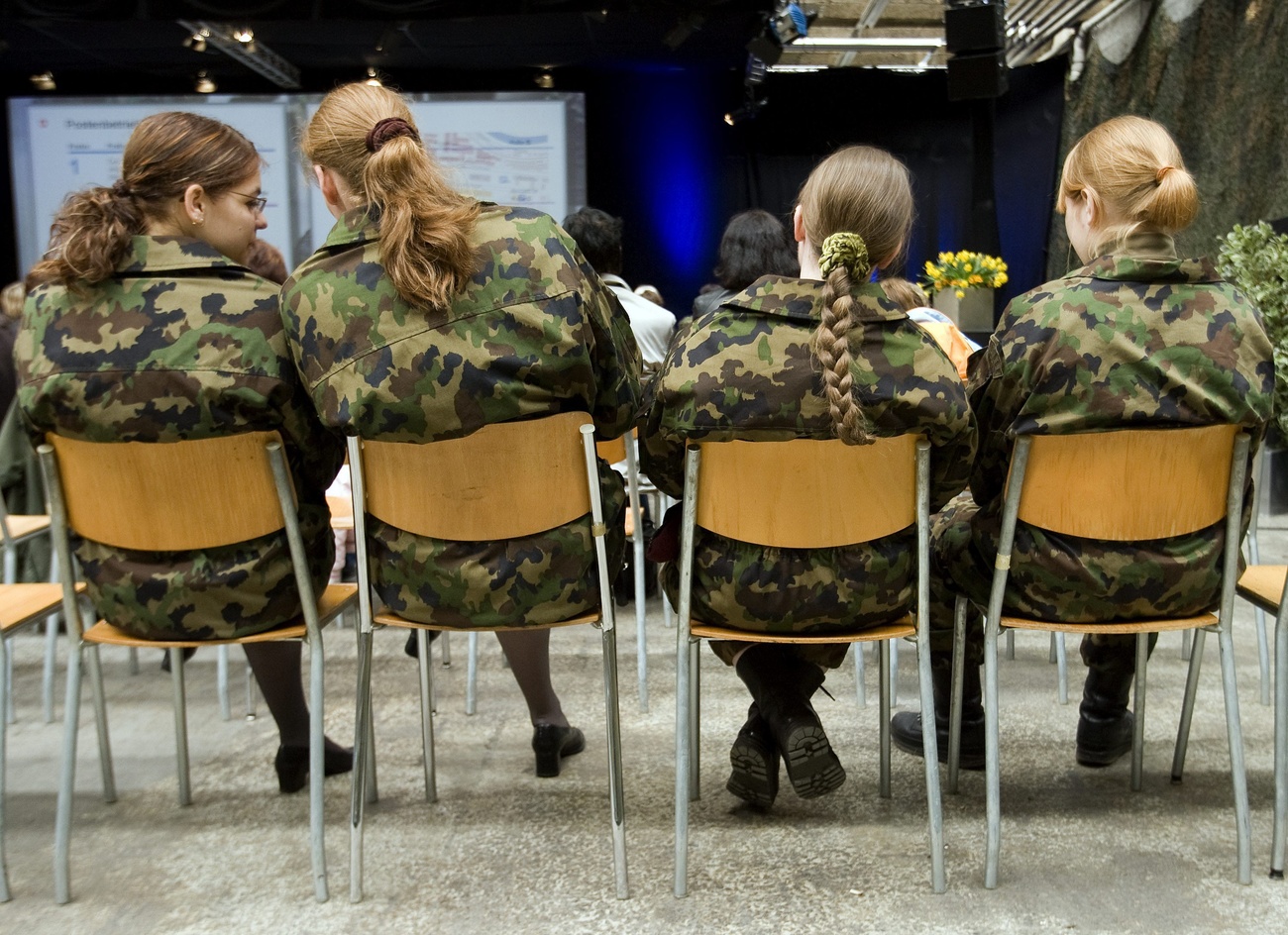


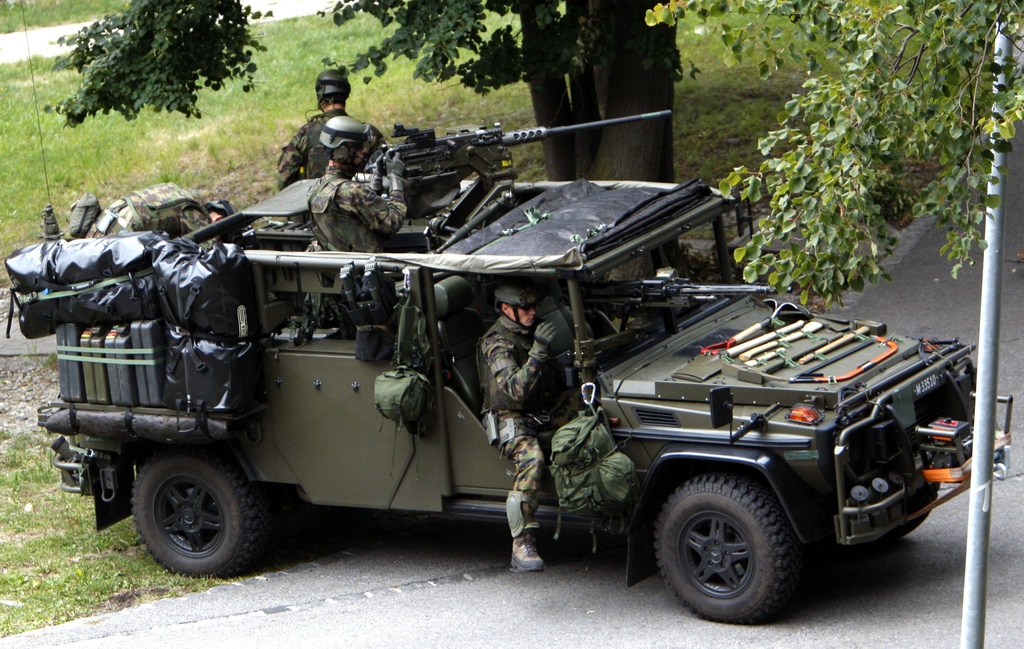
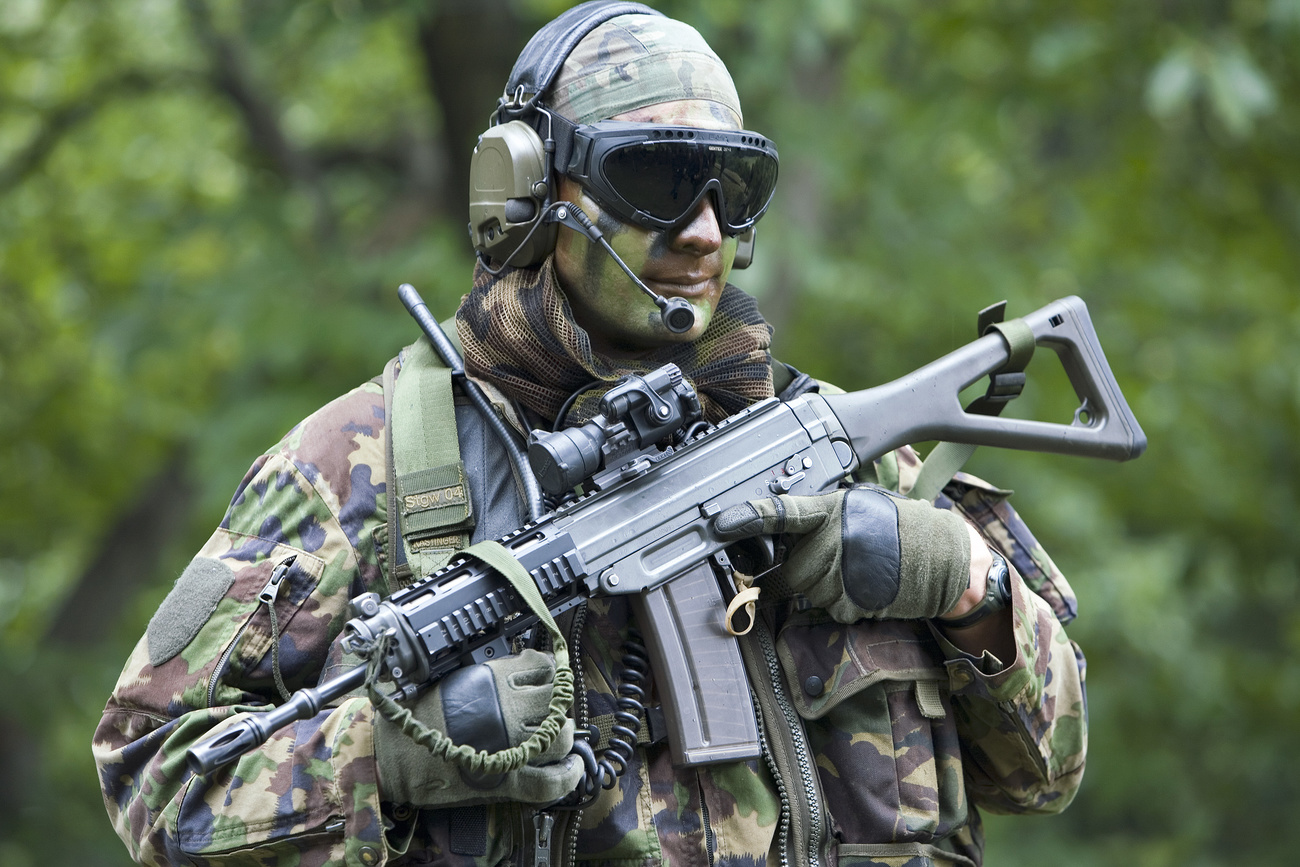
You can find an overview of ongoing debates with our journalists here . Please join us!
If you want to start a conversation about a topic raised in this article or want to report factual errors, email us at english@swissinfo.ch.